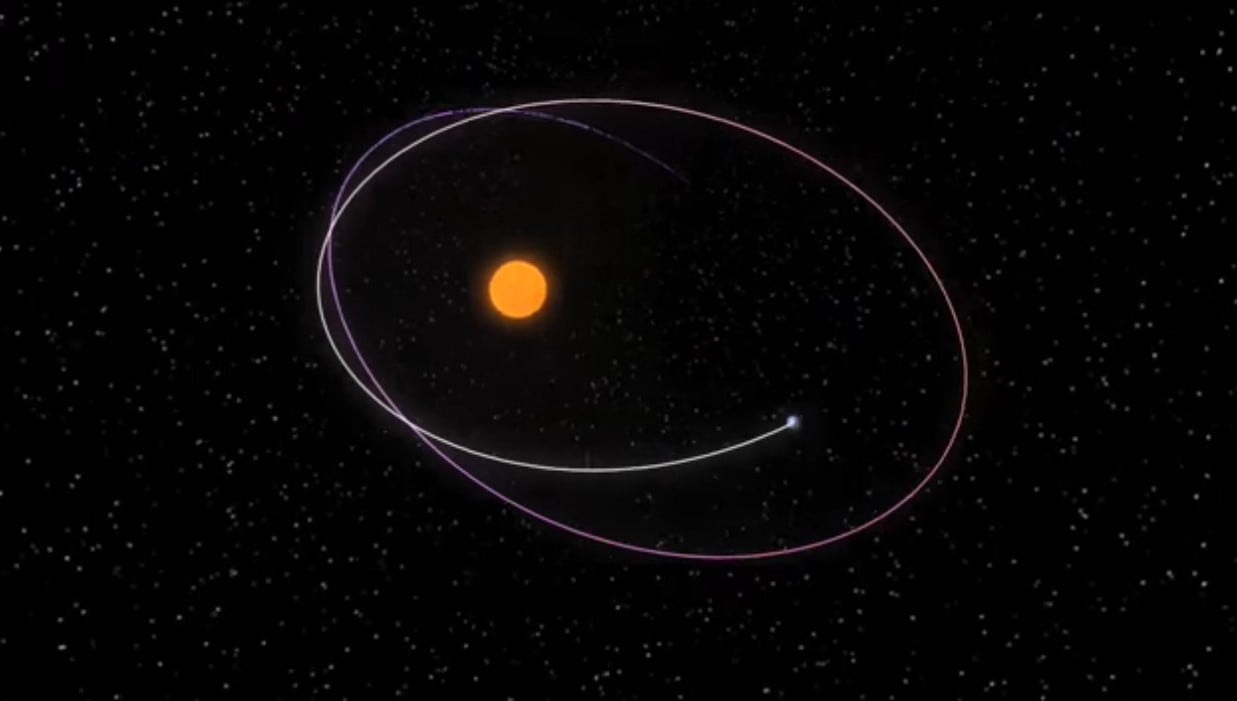Earlier this morning – Jan. 3 – Earth was at its closest distance to the sun of the year. As you may know, the orbit of the Earth around the sun is not a perfect circle, but rather is elongated. Today, however, our planet reached perihelion, which took place at 12:35 a.m. EDT.
Perihelion is the point at which Earth is at its closest distance to the sun. At this point, Earth is roughly 91.6 million miles away from the sun, as opposed to roughly 94.5 million miles away at its aphelion, which is the most distant point. The difference between perihelion and aphelion for the Earth is roughly 3 million miles. This distance isn’t a huge distance when it comes to cosmic distances, and doesn’t have much effect on life on the Earth.
“The sun is the big controller of the radiation that the Earth receives,” Walter Petersen, a research physical scientist in the Earth science branch at NASA’s Marshal Spaceflight Center, told Space.com. “But even when you take into account that difference in distance between aphelion and perihelion, there’s only about a 7 percent difference in average global [solar energy] that we receive. And so it doesn’t amount to a great deal in terms of weather.”
Although perihelion may not have an impact on the weather, it makes a minor difference in the length of the seasons in the two hemispheres. Perihelion happens in January, which results in winter being five days shorter in the Northern Hemisphere, as opposed to the Southern Hemisphere, according to Space.com.
The site explains that Earth’s seasons are the result of the planet’s tilted axis. Earth orbits the sun, and the tilt on its axis causes one hemisphere to be pointed a bit away from the sun, which also means it’ll receive less sunlight. The other hemisphere then is pointed toward the sun slightly, which means it receives more sunlight. That orientation switches every six months, as the hemisphere pointed towards the sun goes through the summer, while the other hemisphere has winter.
The Northern Hemisphere embraces the winter on the winter solstice, when the sun is located at the lowest point in the sky, which marks the shortest day of the year. Winter will end on the spring equinox, which is the midway point between the winter and summer solstices. Both solstices occur at opposite points on the orbit of our planet, same as the equinoxes.
The interesting difference is, that the earth moves slightly faster at perihelion, in January, while it will move slower at aphelion in July, according to Kepler’s laws of motion. As a result of this movement, the time between the winter solstice and spring equinox in the Northern Hemisphere is slightly shorter than the time between winter solstice in June and spring equinox in September in the Southern Hemisphere. Thus the Northern Hemisphere’s winter is shorter by about five days.





